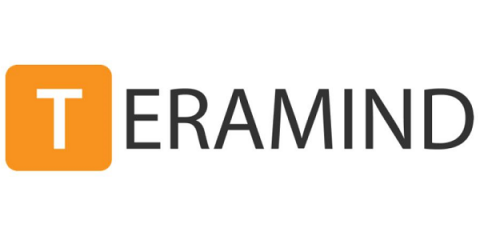More Effective Security Awareness: 3 Tips for NCSAM
It’s often said that humans are the weakest link in cybersecurity. Indeed, I’d have a hard time arguing that a computer that was sealed in a box, untouched by human hand, poses much of a security risk. But a computer that is unused has no purpose. It behooves security practitioners to get smarter about how we teach people to use those machines so that both humans and computers can work together to safely accomplish greater things.











